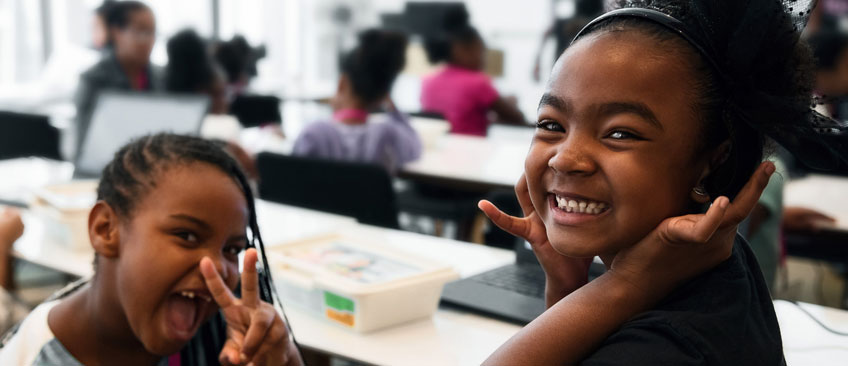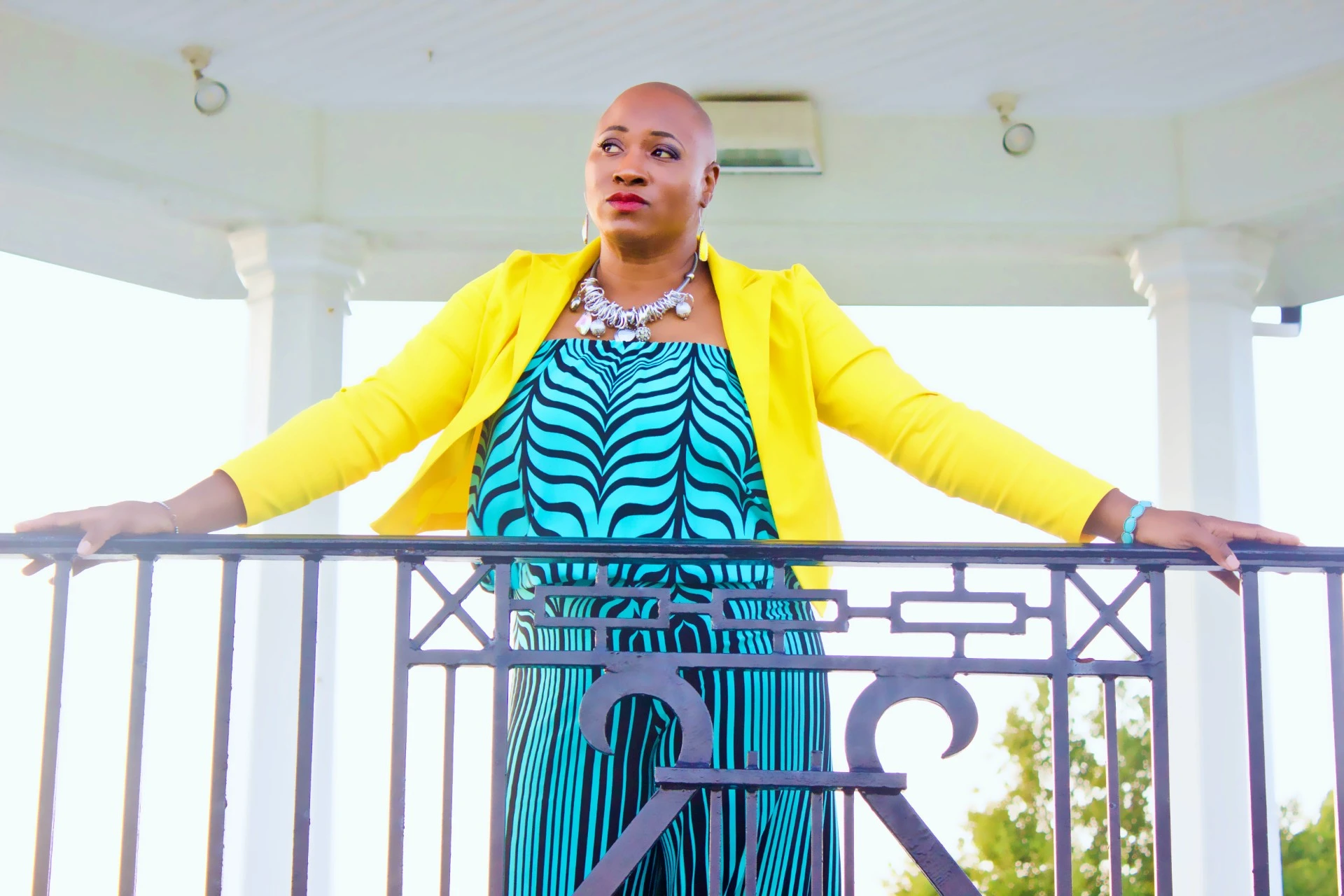No one wants to imagine a mental health crisis striking their family, school, or community, but being unprepared doesn’t make the risk go away. From severe anxiety attacks to suicidal thoughts or sudden breakdowns, mental health emergencies can happen to anyone, at any age.
At Amazine Amazon Inc., we believe every family and community deserves to feel ready to respond with care, calm, and clear action when someone is in crisis. A strong crisis plan isn’t about panic, it’s about being prepared, staying connected, and protecting lives.
Why a Mental Health Crisis Plan Matters
A mental health crisis can unfold quickly and feel overwhelming. In these moments, fear and confusion make it hard to think clearly. Having a plan:
• Reduces panic and guesswork
• Helps everyone know their role
• Keeps the person in crisis safer
• Connects them to the right help faster
Just like we have fire drills in schools and workplaces, we need mental health “drills” too , so everyone knows what to do when a crisis hits.
Key Elements of an Effective Crisis Plan
So, what should a real, practical mental health crisis plan include? Here are the essentials:
Clear Warning Signs
A good plan starts with education: knowing what a mental health crisis can look like. Warning signs vary, but common red flags include:
• Talking about wanting to die or self-harm
• Sudden withdrawal or isolation
• Severe mood swings
• Paranoia or hallucinations
• Aggressive behavior or threats
• Extreme panic or anxiety that doesn’t calm down
Every plan should list the specific warning signs that matter for that individual or community.
Trusted Contact List
In a crisis, people need safe, trusted contacts. A crisis plan should include:
• Immediate family members or guardians
• Close friends or neighbors who can help
• Mental health professionals and counselors
• Local crisis hotlines
• Emergency services (911)
Include names, phone numbers, and when to call each one.
Step-by-Step Action Guide
This is the heart of any plan: clear, calm steps people can follow if someone is in crisis.
For example:
Stay calm and stay with the person , don’t leave them alone.
Remove any objects they could use to harm themselves.
Speak calmly, listen without judgment, and don’t argue.
Call a trusted contact or professional.
If there’s immediate danger, call emergency services.
Follow up afterward with ongoing support.
Safe Spaces
Identify safe places where a person in crisis can go if they don’t feel secure at home or school, a relative’s house, a neighbor’s home, a community center, or a crisis shelter.
Schools can designate a calm room or counselor’s office where students can go if they feel overwhelmed.
Communication Plan
When a crisis happens, miscommunication can cause more stress. Make sure everyone, family members, teachers, coworkers, knows:
• Who should be informed
• What to share (and what to keep private)
• How to follow up afterward
Protecting privacy and dignity is just as important as acting fast.
Resources and Supports
A plan should include local resources, like:
• Mental health clinics
• School counselors
• Peer support groups
• Online hotlines or text lines
Knowing what’s available, and how to access it 24/7, saves precious time when someone is struggling.
What Schools Can Do
At Amazine Amazon Inc., we work closely with schools through programs like Generational Survivors and Amazine Educators to help them prepare for mental health crises.
A strong school crisis plan includes:
• Trained staff who can respond calmly and connect students with help
• A clear process for notifying parents or guardians
• A safe, stigma-free environment so students feel safe asking for help
• Partnerships with local counselors or mental health clinics for extra support
Supporting Families: How to Talk About Crisis Plans
Some families feel uncomfortable talking about mental health crises, but silence can leave people vulnerable.
Here’s how to approach the conversation:
• Pick a calm, private moment.
• Be honest: “I care about you. If you ever feel unsafe or overwhelmed, I want us to know what to do together.”
• Work together to list warning signs, contacts, and steps.
• Keep the plan somewhere everyone can find it easily.
• Update it as needs change.
For kids and teens, normalize it: “Just like we have an emergency plan for storms or fires, we have one for feelings too.”
How Amazine Amazon Inc. Helps
We know that having a plan is just the beginning, families and schools also need tools, education, and community support to put plans into action.
Through Generational Survivors, we:
• Offer workshops on creating mental health safety plans
• Train teachers and parents to spot early signs of crisis
• Connect families with local mental health professionals
• Create spaces where young people feel safe sharing what they’re going through
Through our broader programs like S.O.C.K.S., we remind families facing housing or financial struggles that they’re not alone, because meeting basic needs helps prevent crises too.
What to Do After a Crisis
A good plan also includes what happens after the crisis moment passes:
• Check in regularly with the person in crisis, don’t assume they’re “better” overnight.
• Schedule follow-up appointments with a mental health professional.
• Talk openly about what worked and what could be improved.
• Celebrate small steps forward, healing takes time.
Final Thoughts
Mental health crises don’t have to end in tragedy. With compassion, clear steps, and strong community support, families and schools can respond with confidence, protect lives, and help people find their way back to safety and hope.
At Amazine Amazon Inc., we’ll keep working alongside families, teachers, and communities to make sure no one feels alone when they need help the most. Together, we can break the silence, prepare with love, and prove that caring plans save lives.
If you don’t have a crisis plan yet, start today. Because readiness is one of the greatest acts of care you can give the people you love.




